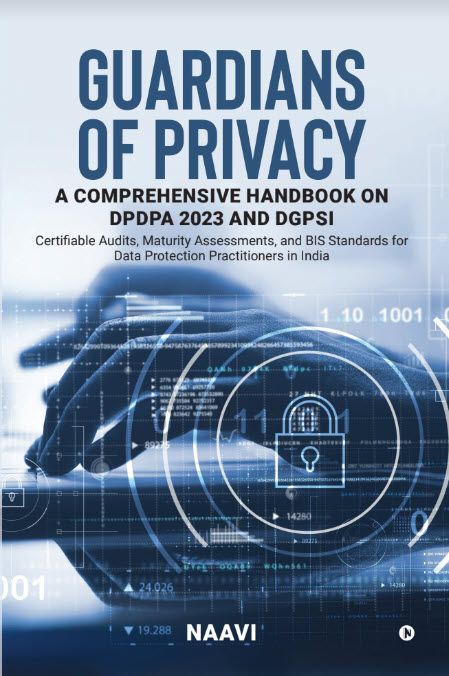One of the main concerns of the community as it exists today when the concept of Smart City is unveiled is on what happens to the concept of Privacy?
The very concept of a “Smart City” is one where information exchange happens between the residents and the command center in such a manner that every aspect of the individual’s life gets reported to the command center and triggers actions in different parts of the city. The concept of “Internet of Things” and “Smart Transport” etc can work only if individuals give up the concept of “Privacy”. Unfortunately the residents of a smart city cannot have the option of “opting in or out” since “Opting out” of a Smart City information network would essentially mean that the individual not only is denied of the benefits of the smart city but also be a “rogue” element as to the rest of the community. The community norms would therefore force every one who comes within the “network boundaries” of the Smart City to “Opt in” or otherwise be identified as an “Untouchable” within the city.
We will therefore be in a situation where either we accept the Smart City concept and forgo the “Privacy Right” or opt to remain outside the boundaries of the smart city. It would perhaps be a “Visa” condition for entry into a smart city that one has to forego his Privacy Rights.
We all know that in India we are still struggling to form a “Privacy Law”. Repeated attempts have not been taken to the logical end and have died at the stage of drafts.
Now, we are discussing the concept of smart cities 100 in number to start with and perhaps more to follow as India turns Digital. We already hear that one city in Gujarat, a part of Mumbai and perhaps a part of Bangalore may either come up as a complete Smart City or become significantly more smart than the rest of the environment.
In many areas of technology, we some times observe that some “developing” countries jump the developmental steps that other earlier developed countries take and join the que in the front.
I see the possibility that the development of “Privacy laws” in India may be confronted with this choice of whether we first pass the Privacy Law and then fight against it in Smart Cities or all together work for a “Smart Privacy Law” that works both within the smart city and outside.
The solution that can solve the Smart city-Privacy Conflict is “Regulated Anonymity” which the undersigned has presented a few years back. (Refer : The Theory of Regulated Anonymity published on 2nd March 2012).
The essence of this theory of “Regulated Anonymity” is the creation of an “Authority” to “Anonymize” a participant in such a manner that no state actor will have an unfettered right to “identify” an individual. The system will however provide the identity as required for the information exchange except that the data will travel in the name of an “Avatar” rather than the real physical identity of the individual. It is the ideal situation for exploiting the best of both worlds, the benefits of identifying to the “Smart City Control Center” and maintaining the anonymity of who the individual is in the physical world.(..though the Big Data Analysts would say that we can still find out who you are..).
The undersigned had also discussed
It is therefore interesting days ahead of those who watch the development of Privacy laws in the county as also the Smart City administrators.
Naavi
Related Articles:
Privacy Protected Zones Required.
“International City Zone” scheme suggested to address US investor’s concerns
Is India’s 100 smart cities project a recipe for social apartheid?
Smart Cities: are you willing to trade privacy for efficiency?






